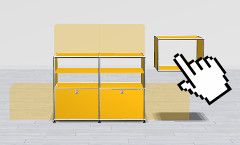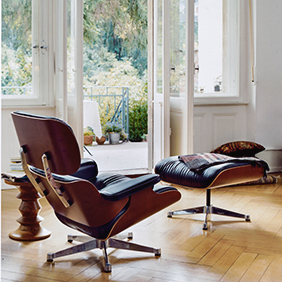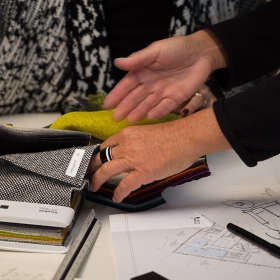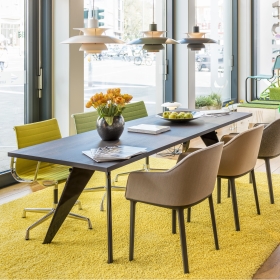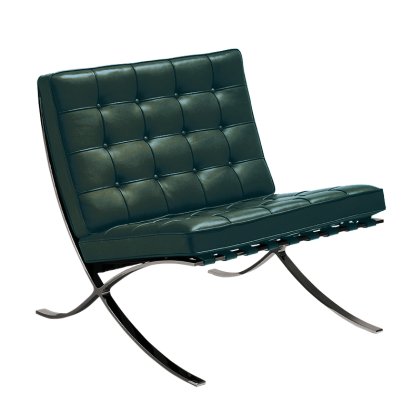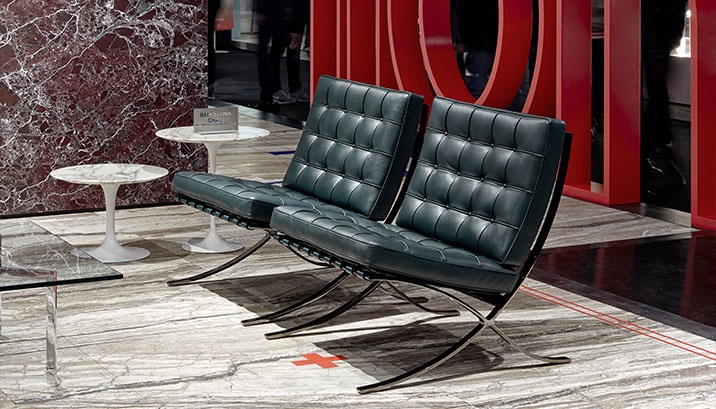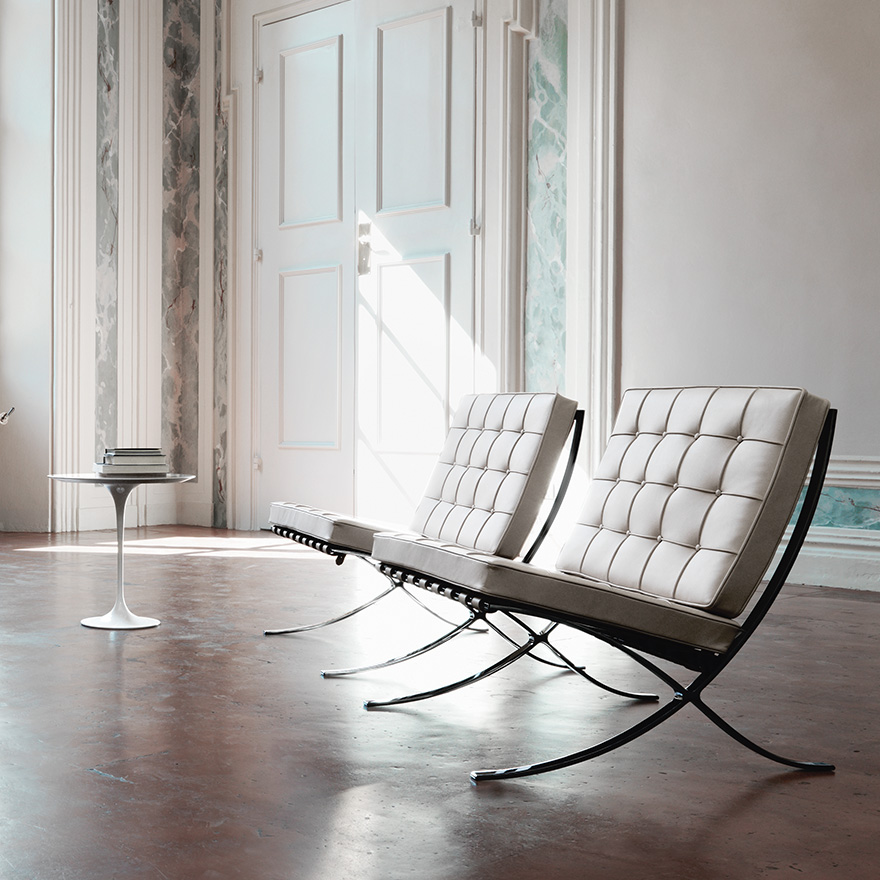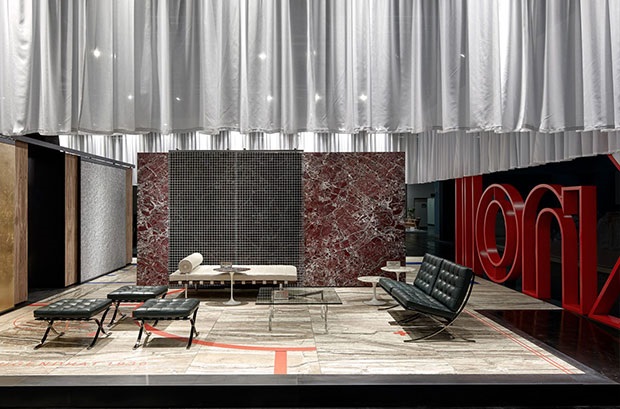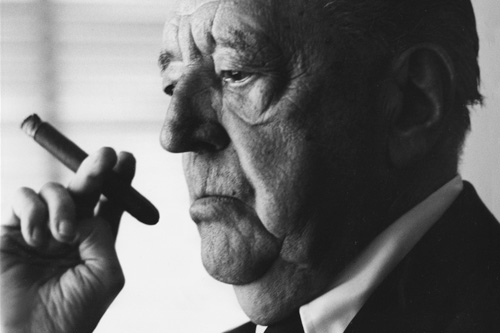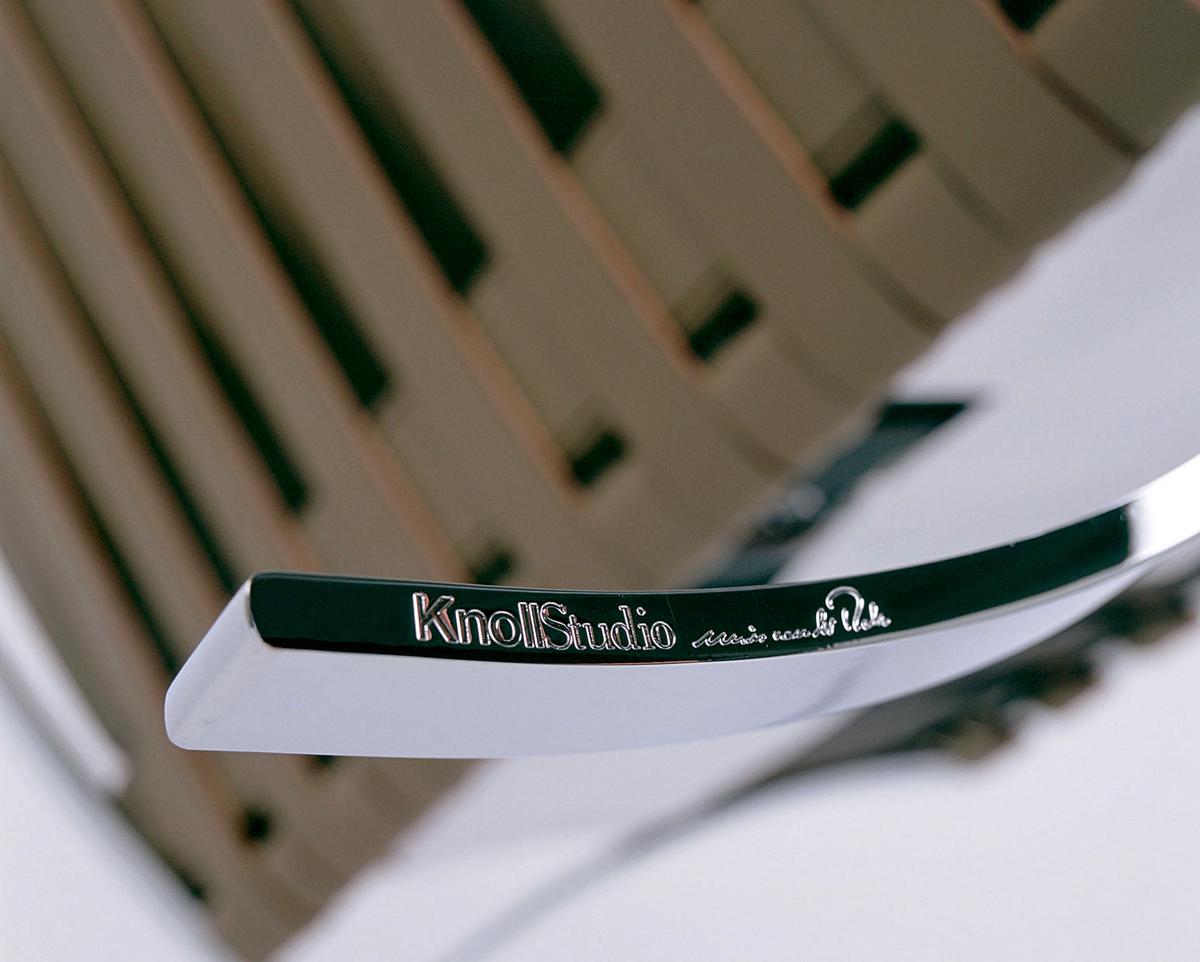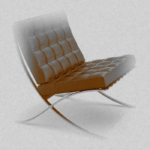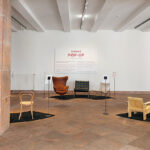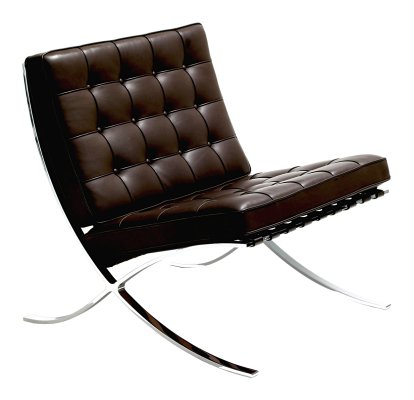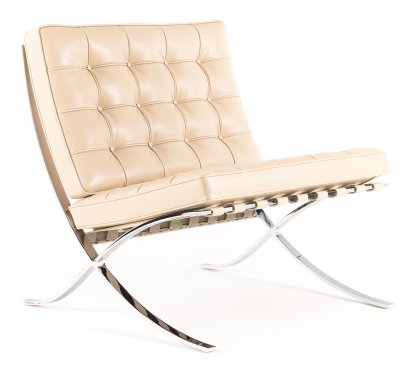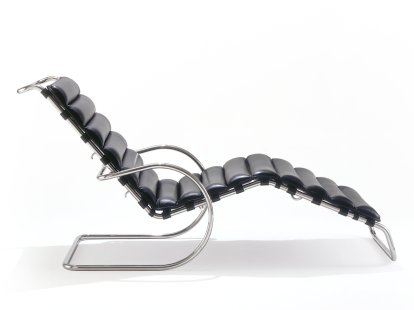Architecture & Design Titbits: Where Rum Becomes Art -The Neue Nationalgalerie Berlin by Ludwig Mies van der Rohe
...Starting with the not inappropriate titbit that the Neue Nationalgalerie in Berlin by Ludwig Mies van der Rohe was first sketched on the back of a cocktail napkin... For when commissioned in 1962 to build a new museum for 20th century art in Berlin Ludwig Mies van der Rohe had an answer in his desk drawer; a building that echoes the work of Karl Friedrich Schinkel, that defining architect of 19th century Prussian Berlin, an important, defining, early influence on Ludwig Mies van der Rohe that remained with him informing his work, his architectural and furniture work, for what is the base of his and Sergius Ruegenberg's Barcelona Chair if not a reimagining of Schinkel's ever informative and instructive early 19th century cast iron garden chair, that serial, industrial chair from an age before serial, industrial furniture production...

